6 Top Python libraries for Data Science in 2023
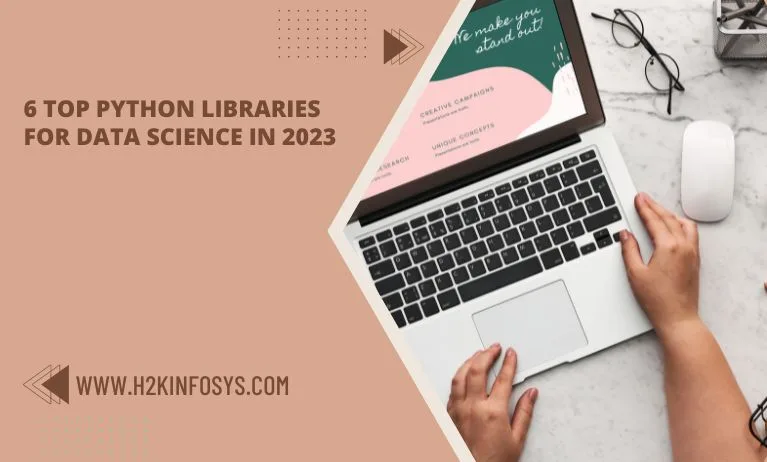
One of the most widely used programming languages today is Python, particularly in data science and machine learning. Python is a high-level, object-oriented language that is simple to develop and has a large library of tools for a variety of applications. More than 137,000 libraries exist there.
Python’s extensive library of data manipulation, data visualization, machine learning, and deep learning packages is one of the reasons it is so useful for data science. To learn more about Python libraries, you can enroll in a reputable online Python certification course, but the top ones as of 2023 are listed below.
1.NumPy.
One of the most widely used open-source Python libraries is called NumPy, and it is primarily employed for scientific calculation. Its built-in mathematical functions allow for lightning-fast computation and can handle massive matrices and multidimensional data. In linear algebra, it is also employed. Because it requires less memory and is more practical and effective than lists, NumPy Array is frequently utilized in preference.
The website for NumPy states that it is an open-source initiative with the goal of enabling numerical computing with Python. The early work of the Numeric and Numarray libraries was developed in 2005. The fact that NumPy was made available under a modified BSD license and will always be free to use is one of its many benefits.
On GitHub, NumPy is developed with transparency with the consensus of the NumPy and wider scientific Python community.
2.Pandas.
A popular open-source library in data science is called Pandas. Data analysis, data manipulation, and data cleaning are its main uses. Pandas make it possible to perform basic data modeling and analysis tasks without having to write a lot of code. According to their website, the open-source data analysis, and manipulation tool pandas is quick, strong, adaptable, and simple to use. This library’s salient characteristics include:
- DataFrames, which provide integrated indexing and enable rapid, effective data handling.
- A number of tools that let users write and read data between in-memory data structures and a variety of formats, such as Excel files, text and CSV files, Microsoft, HDF5 formats, and SQL databases.
- Big data sets using sophisticated label-based slicing, clever indexing, and subsetting.
- High-performance data joining and merging.
- A robust group by an engine that provides data transformation or aggregation and supports split-apply-combine actions on data sets.
- Time series feature that permits lagging, moving window statistics, date shifting, and frequency conversion. When working with crucial code paths written in C or Cython, you’ll even be able to connect time series and establish domain-specific time offsets without fearing that you’ll lose data.
It’s easy and quick to get started with pandas.
3.Matplotlib.
Python visualizations can be fixed, interactive, or animated using the comprehensive Matplotlib module. The functionality of Matplotlib is expanded and improved upon by a huge variety of third-party packages, including various higher-level plotting interfaces (Seaborn, HoloViews, ggplot, etc.)
With the added advantage of supporting Python, Matplotlib is intended to be as functional as MATLAB. It also has the benefit of being open-source and free. It enables the user to view data using a variety of plot types, such as scatterplots, histograms, bar charts, error charts, and boxplots, among others. Additionally, implementing each visualization only requires a small amount of code.
4.Seaborn.
Seaborn is a high-level interface for producing aesthetically pleasing and useful statistical visuals, which are essential for studying and comprehending data. Seaborn is another well-liked Matplotlib-based Python data visualization framework. This Python library has connections to the pandas and NumPy data structures. Since Seaborn’s guiding idea is to make visualization an integral part of data analysis and exploration, its charting algorithms make use of data frames that cover whole datasets.
5.Plotly.
You may produce interactive data visualizations using the wildly well-liked open-source graphing software Plotly. Plotly is a web-based data visualization tool that can be used to create web-based data visualizations that can be saved as HTML files or shown in Jupyter notebooks and web applications using Dash. It is built on top of the Plotly JavaScript library (plotly.js).
More than 40 different types of charts, including scatter plots, histograms, line charts, bar charts, pie charts, error bars, box plots, multiple axes, sparklines, dendrograms, and three-dimensional charts, are available. Contour plots, which are less popular in other data visualization packages, are also available in Plotly.
Plotly is a good choice as a substitute for Matplotlib and Seaborn if you need interactive visualizations or dashboard-style displays.
6.Scikit-Learn.
Scikit-learn and machine learning go hand in hand. One of the most popular machine-learning libraries for Python is called Scikit-learn. It is an open-source Python library that can be used for commercial purposes under the BSD license and is based on NumPy, SciPy, and Matplotlib. It is a quick and effective tool for tasks involving predictive data analysis.
Scikit-learn is a community-driven project that was first introduced in 2007 as a Google Summer of Code initiative; nonetheless, institutional and commercial funds assist in ensuring its longevity.
Scikit-best best feature is how simple it is to use.
Conclusion
Some of these libraries are quite easy to learn. So if you want to learn more about Python libraries, check out the online Python training platform.

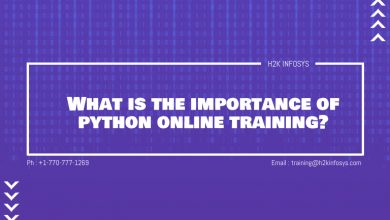
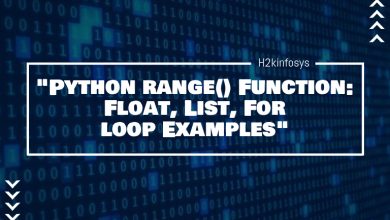

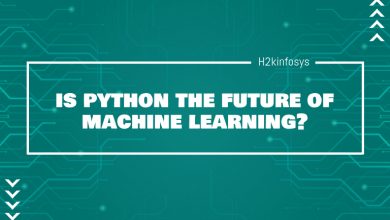
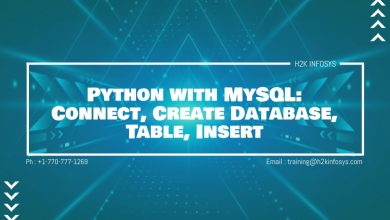
One Comment